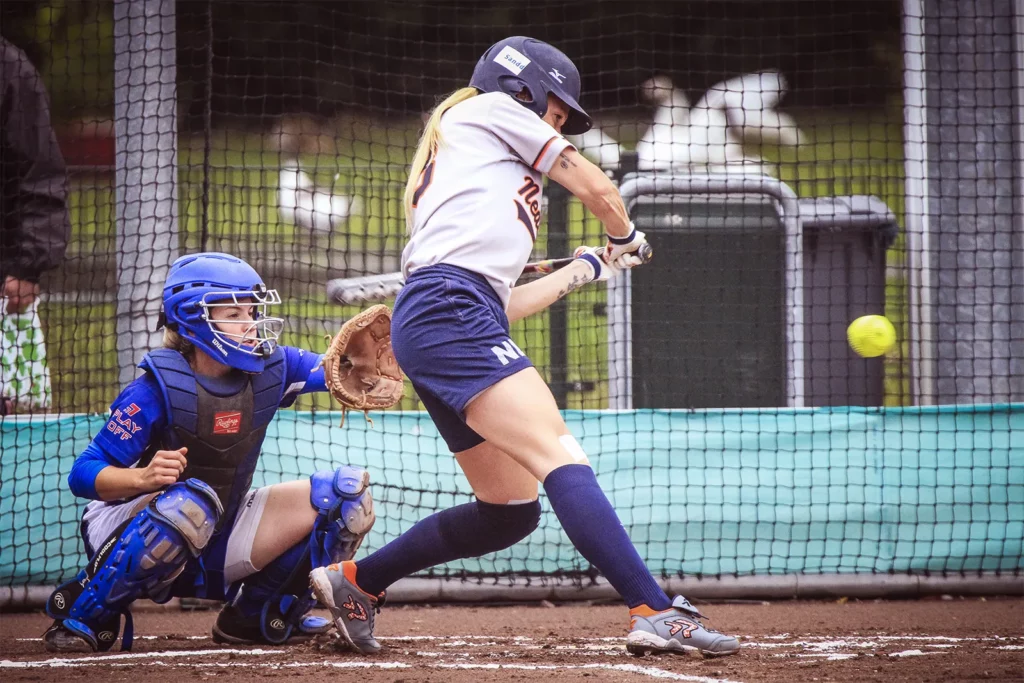Being successful on the mound in softball requires more than just throwing the ball. It demands a deep understanding and mastery of multiple pitching styles and techniques. Each of these techniques has unique mechanics and strategic benefits that can influence the outcome of a game. In this guide, we will journey through the intricacies of different pitching styles. We’ll discuss the physics that underlie them, and provide you with some practical insights on how to fine-tune and enhance your own softball pitching technique. Whether you’re a seasoned player aiming to expand your skills or a novice trying to figure out where to start, this guide is for you.
Fast Pitch vs Slow Pitch: Understanding the Difference
Fast pitch and slow pitch are two distinct forms of softball, each requiring different pitching techniques. In fast pitch softball, the ball is thrown at high speed, typically with a windmill motion. This windmill technique involves a full rotation of the arm, where the pitcher’s hand goes over the shoulder and around in a circle. The fast pitch technique places emphasis on speed and accuracy, as the pitcher aims to hit the catcher’s mitt with minimal reaction time for the batter.
On the other hand, slow pitch softball, as the name implies, involves a slower delivery. The pitch is released with an underhand motion in a high arc aiming to land in the strike zone. The objective here is not to overpower the batter with speed, but to trick them with the trajectory of the ball. Understanding the differences between these two methods is crucial as it affects the way you train, the strategies you use, and ultimately, your performance on the mound.
Mastering the Windmill Technique

The windmill technique is a cornerstone of fast-pitch softball. It’s a style characterized by a circular, windmill-like motion that generates speed and power. When executed correctly, it allows for both high speed and accurate pitches.
Here’s a brief step-by-step rundown of the technique: the pitcher stands on the pitching rubber, the ball held at hip level. The windup begins with the arm swinging back, then forward in a circular motion. As the arm comes down and around, the body turns sideways to the plate, and the ball is released at the hip level. Timing and synchronization between arm motion and body rotation are crucial, as it allows for the generation of maximal force.
Mastering the windmill technique takes time and practice. But, with consistent effort, it can become an extremely effective weapon in your pitching arsenal.
Exploring the Slingshot Technique
While less common than the windmill technique, the slingshot is another highly effective method in fast pitch softball. Unlike the windmill’s circular motion, the slingshot technique requires the pitcher’s arm to swing back and then propel forward, much like a slingshot.
The process begins similarly, with the pitcher on the rubber and the ball held at hip level. However, instead of a circular motion, the arm is brought back behind the body and then thrust forward, releasing the ball towards the plate. Despite requiring less energy than the windmill, the release speed can be just as quick with proper mechanics and body coordination. Again, practice is key to perfecting the slingshot technique.
Leave a Reply